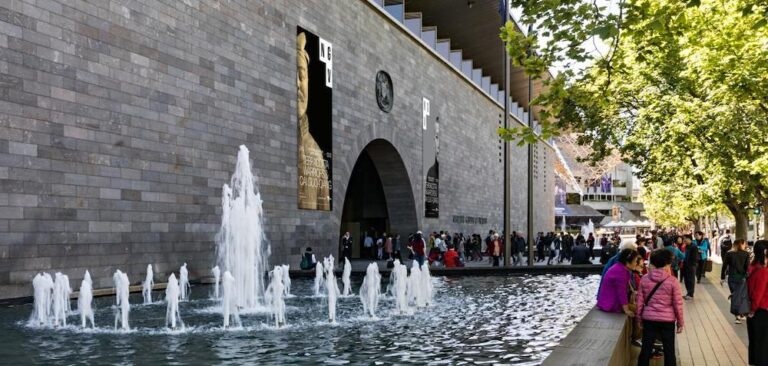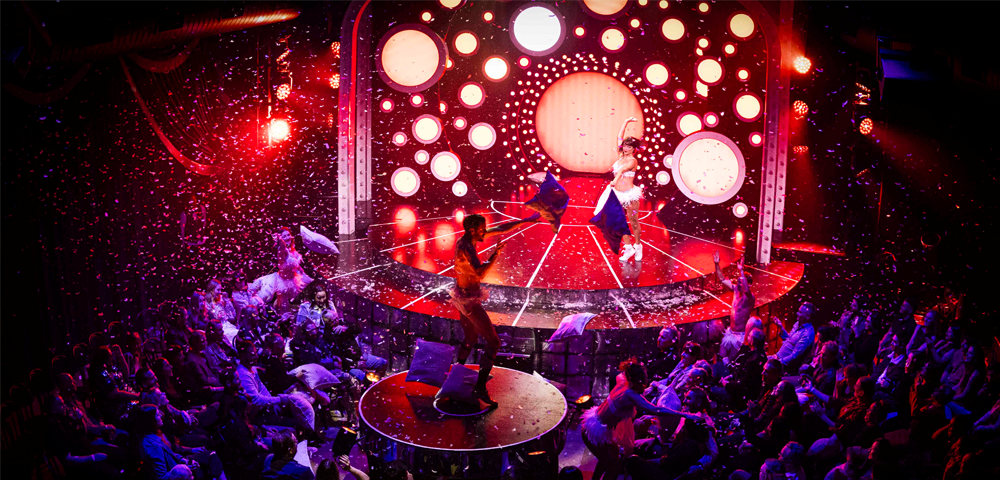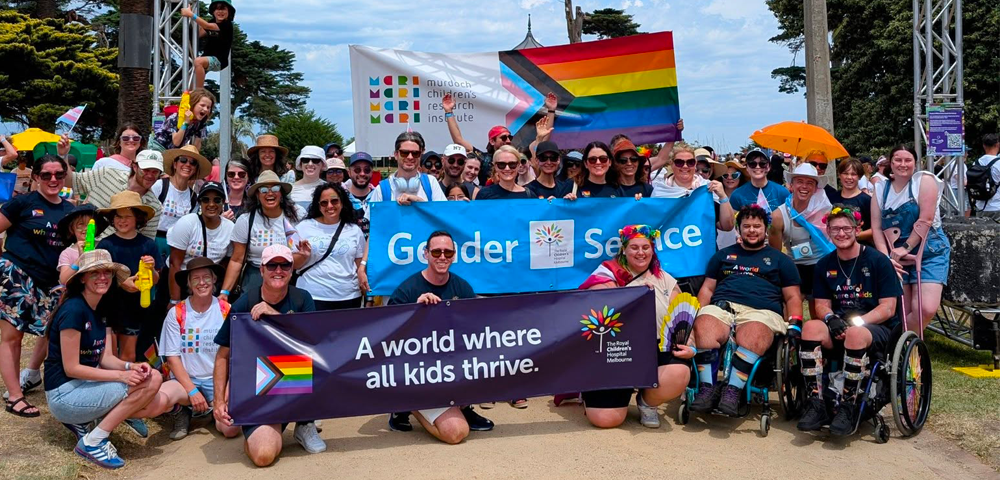
Why are we ignoring LGBTI sexual assault survivors?

AS the conversation about rape on Australian university campuses steps up, LGBTI students are largely being ignored despite troubling data suggesting they’re one of the most at-risk groups.
In 2016, a national survey commissioned by Universities Australia and managed by the Australian Human Rights Commission received hundreds of submissions detailing reports of rape and sexual assault in its first month, with almost a fifth of respondents identifying as LGBTI.
Calling the preliminary findings “shocking,” AHRC President Gillian Triggs acknowledged in September last year that a “disproportionately high” number of submissions came from queer students.
But so far, little has been done to address this trend.
Advocate Nina Funnell contacted the Commission in October last year about extending vital training in ‘vicarious trauma’ and ‘responding with compassion’ – previously only made available to Women’s Officers – to Queer Officers, and said the Commission’s failure to deliver was “disappointing.”
“We know LGBTI young people experience higher rates of sexual assault and increased sexual violence within the community,” Funnell said.
“Before the AHRC’s survey was even launched, Queer Officers ought to have received appropriate training and support so that they could deal with and respond to the inevitable disclosure triggered by this research.”
Given that queer collectives often form the frontline of support services for LGBTI students, Funnell fears this oversight could “compound” the existing distress of queer survivors who already face additional barriers to reporting.
“It shows once again the LGBTI community are treated as either an after-thought or in this case a forgotten other,” she said.
According to the Centers for Disease Control and Prevention (CDC) in the US, 40 per cent of gay men and 47 per cent of bisexual men have experienced some form of sexual violence (but not rape) compared to 21 percent of heterosexual men.
Similarly, 46 percent of bisexual women and 13 percent of lesbian women have been raped compared to 17 percent of heterosexual women.
And according to the National Transgender Discrimination Survey, half of all transgender people have experienced some form of sexual violence.
Last year, a 20-year-old gay student at the University of Wollongong, known as Andrew*, reported being sexually assaulted by his male classmate.
Despite obtaining an AVO against his alleged abuser, Andrew says he was met with administrative indifference from his university.
He was reportedly provided with an 11-page report that encouraged him to “avoid contact” with the alleged perpetrator on campus, “carry a personal alarm”, and not “take unnecessary chances.”
For students like Andrew, an unsupportive and uncooperative faculty only adds to their underlying trauma.
An academic at one of Australia’s leading universities – who prefers not to be named – isn’t surprised by cases like this and says peak bodies such as the AHRC have a “responsibility” to support universities in engaging queer students and their representatives as part of the dialogue about sexual assault.
She adds that external LGBTI-specific support services should be briefed on the findings of reports like the AHRC’s national survey to better “help and support” queer students.
Kate Jenkins, Sex Discrimination Commissioner for the AHRC, said that although coaching has been provided to Women’s Officers, the Commission is “unable to run comprehensive training for all student representatives,” including Queer Officers, “across the 39 universities due to cost constraints.”
Meanwhile, last week End Rape on Campus Australia called for the formation of a new 1800 national hotline for survivors of sexual assault within university communities after it was revealed that students can face up to four weeks’ wait for counselling services.
This proposed hotline would be especially useful for LGBTI survivors given that campus services rarely cater specifically for sexually and gender-diverse students. An independent hotline would also provide additional avenues for support and referrals to other services.
On whether the AHRC had sought input from LGBTI advocacy groups such as ACON or the National LGBT Health Alliance, Jenkins says that “targeted consultations” with relevant experts and organisations are in the works but declined to be more specific than that.
At any rate, with the theme of just-passed IDAHOBIT day being visibility, the consensus among advocates and academics is that it’s high-time queer survivors were heard by their institutions.
*Name changed to protect privacy










WE didn’t ignore assault in Queensland. Since 1993 I have run MARS, Men Affected by Rape and Sexual-abuse and helped 1,242 men regain a sense of worth and skills to achieve safety. In rape your sense of personal value is taken, in recovery you get it back….it is the healing and prevention of Sexual Assault as “Valuable People, Value People” Dr. Wendell Rosevear ….”make Love infectious”.